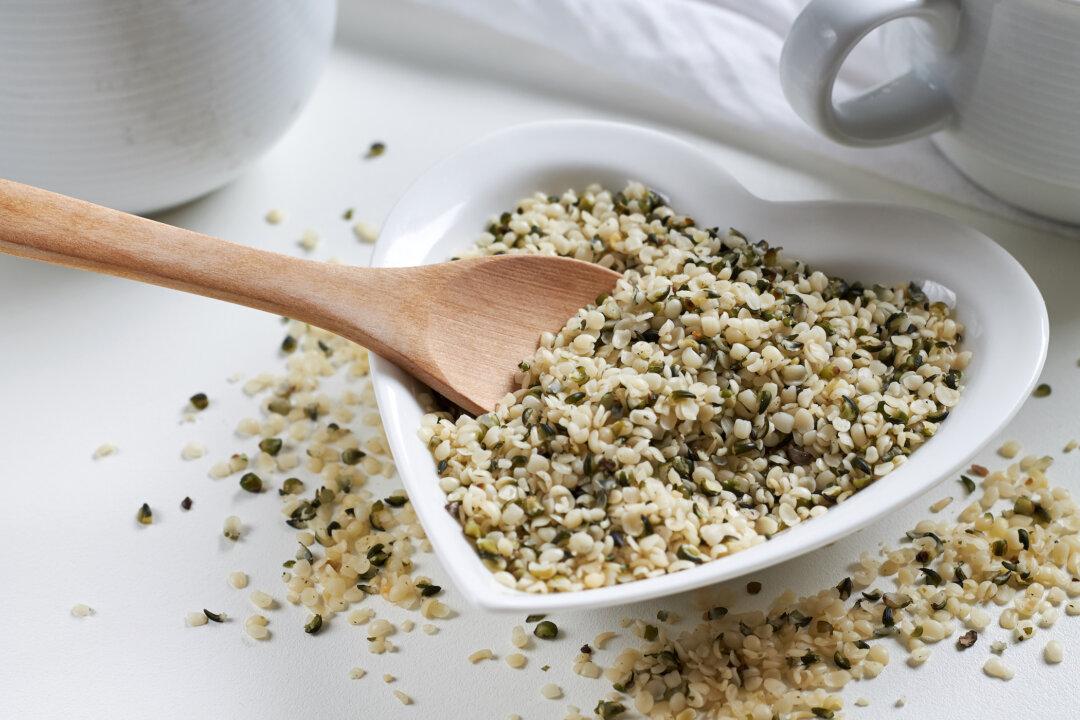There’s no denying it – the appearance of dragon fruit can be a little off-putting. This unusual-looking fruit is sheathed in thick, reptilian-looking scales tinged with a fiery-looking pinkish-red. Never fear, though. Like the artichoke – which it somewhat resembles – the dragon fruit is hiding a delicious taste under its armored skin.
Scientists report that dragon fruit has health benefits to spare. In a new review published in Natural Product Reports, researchers credited antioxidants in dragon fruit with neuroprotective and cardioprotective properties. The possible benefits of dragon fruit include promoting the health of the heart and brain. So let’s see exactly why some nutritionists are hailing dragon fruit as a new “super-fruit.”





